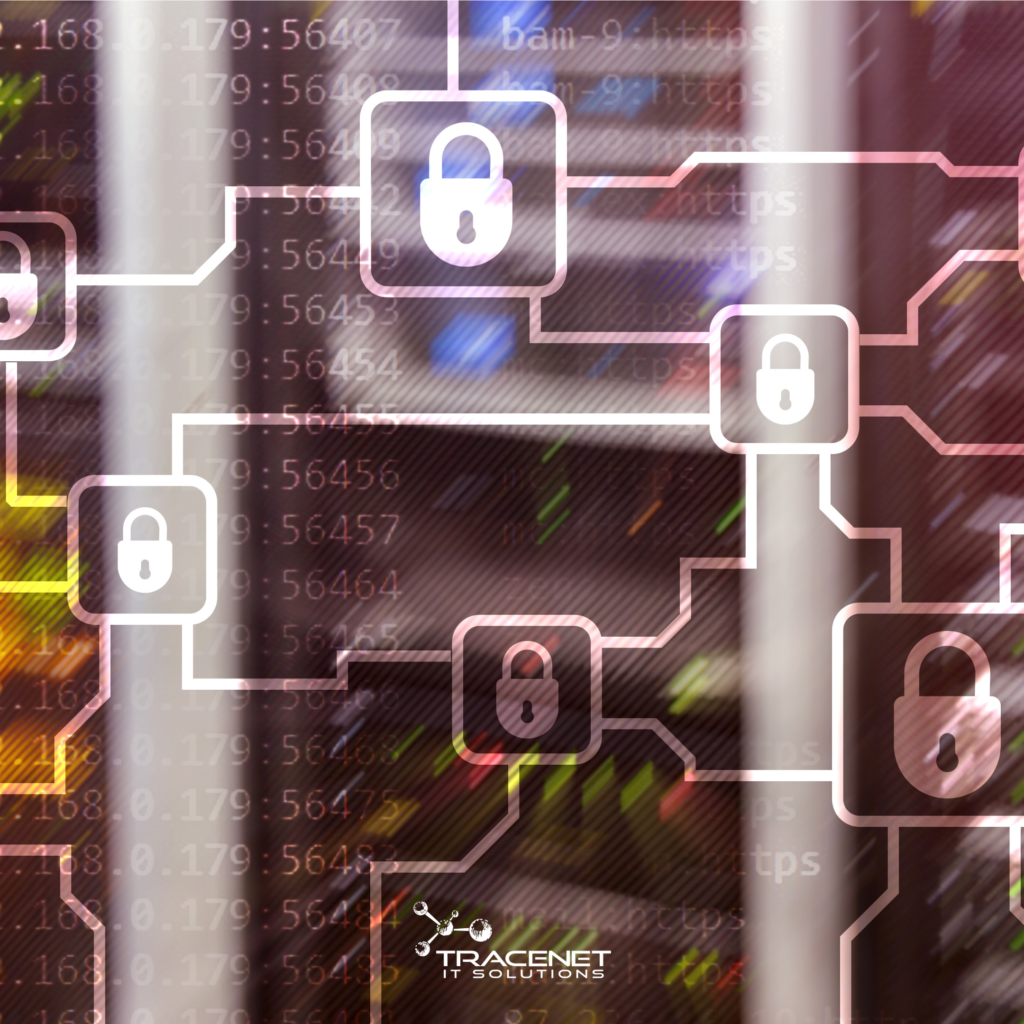Among the thousands of network attacks that happen every second, understanding more about cyber security solutions is more than important, it’s a must. That’s why we’re going to talk about what network intrusion detection is. How IDS (Intrusion Detection Systems) work, the difference between HIDS and NIDS, why this practice is essential for protecting systems and data, and of course, about other technologies used for this purpose.
What is network intrusion detection?
Network intrusion detection is an essential process for identifying malicious or unauthorized activity on a computer network. It is responsible for monitoring and analyzing data traffic in search of anomalous behavior that could indicate a possible security breach.
How does an IDS work?
IDS, or Intrusion Detection Systems, are responsible for identifying patterns and behaviors that may indicate a possible security breach. There are two main types of IDS: HIDS (Host Intrusion Detection System) and NIDS (Network Intrusion Detection System).
HIDS (Host Intrusion Detection System)
HIDS is installed on individual devices, such as servers and computers, and monitors local activities. It analyzes event logs, checks the integrity of files and folders, and warns of possible threats, such as unauthorized login attempts or modifications to the operating system.
NIDS (Network Intrusion Detection System)
NIDS is deployed at a central point in the network and analyzes data traffic in real time. It identifies suspicious patterns, such as port scans, malware traffic and intrusion attempts. NIDS is effective in protecting the entire network against external and internal threats.
Why is network intrusion detection important?
Network intrusion detection plays a crucial role in information security and protection against cyber threats. Here are some reasons why this practice is important:
- Early identification of threats: intrusion detection allows malicious activities to be identified as soon as they occur, enabling a rapid response to mitigate damage.
- Loss prevention: by detecting and responding to intrusions quickly, data loss, service interruptions and financial damage can be avoided.
- Compliance: many security standards and regulations require the implementation of intrusion detection systems to ensure compliance and protect sensitive information.
- Incident analysis: the records generated by IDS are valuable for analyzing security incidents, helping to understand how and why an intrusion occurred and to take measures to prevent recurrences.
IDS vs. IPS – What’s the difference?
The difference between IDS and IPS lies mainly in the action each takes after detecting a threat. While the IDS is responsible for detecting and warning of suspicious activity on the network, the IPS goes further and takes active measures to block or prevent this activity. The IDS, or Intrusion Detection System, is like a silent watchman that monitors data traffic for unusual patterns or malicious activity. It generates alerts when it detects something suspicious, allowing network administrators to investigate and take corrective action.
On the other hand, the IPS, or Intrusion Prevention System, is more proactive in its approach. As well as detecting malicious activity, it can take immediate action to block, prevent or respond to it. This can include blocking IP addresses, interrupting network connections, modifying firewall settings and other measures to protect the network from threats in real time.
In short, while IDS is an alert system that notifies of possible threats, IPS is an active prevention system that acts to neutralize these threats before they cause damage to the network or connected systems. Both play essential roles in cyber security, complementing each other to provide a comprehensive defense against intrusions and malicious attacks.
Other technologies used in Intrusion Detection
- Next Generation Firewalls (NGFW): NGFWs combine traditional firewall functionality with advanced intrusion detection features such as deep packet inspection, application detection and more granular policy-based access control.
- Honeypots: Honeypots are fake systems or services designed to lure intruders and collect information about their techniques and intentions. They are used for threat research and to divert the attention of real attackers away from the main systems.
- User Behavior Analysis (UBA) systems: UBA monitor the behavior of users and devices on the network, identifying anomalous activity that may indicate account or device compromise.
- Traffic and Log Analysis Systems: Traffic and log analysis tools, such as SIEMs (Security Information and Event Management Systems), are crucial for correlating events from different sources and identifying patterns that suggest malicious activity.
- Malware Behavioral Analysis Solutions: These solutions use behavioral analysis techniques to identify malware that may be communicating with command and control servers, filtering data or performing malicious activities.
- Artificial Intelligence and Machine Learning: The use of AI and ML is becoming increasingly common in intrusion detection, allowing automated analysis of large volumes of data to identify patterns and anomalies that would escape manual detection.
- Encryption and Data Security Technologies: Encryption of data at rest and in transit is key to protecting sensitive information from interception and unauthorized access by intruders.



